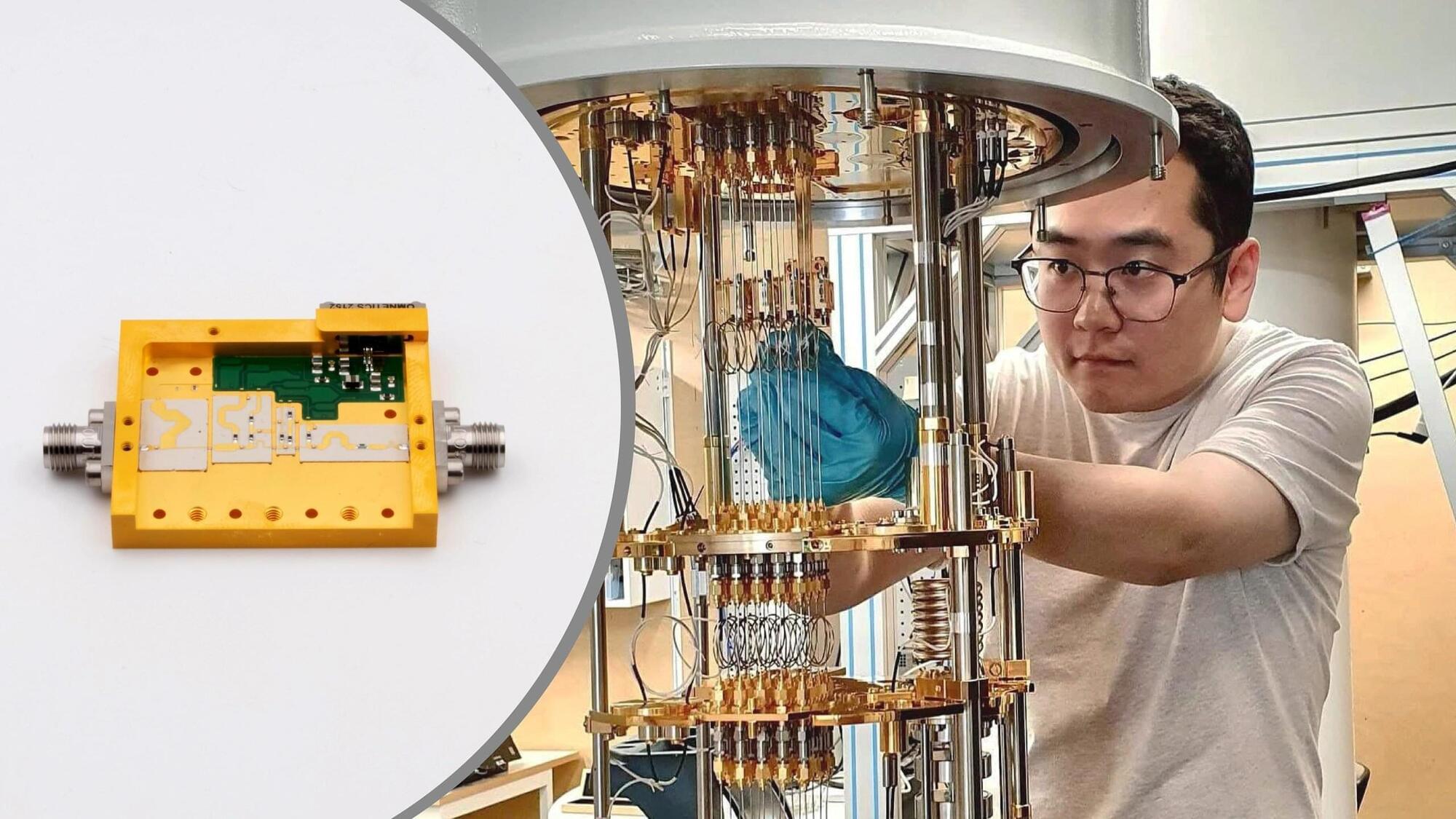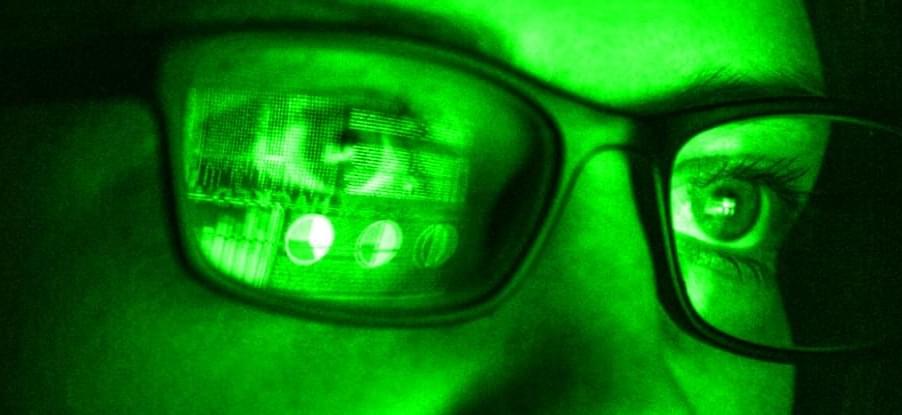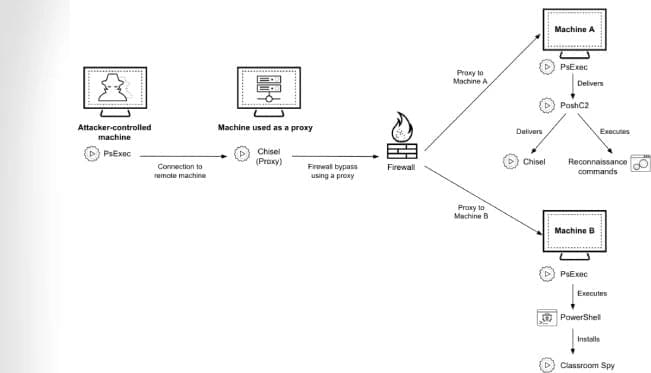Two German physicists have unveiled a compact magnet layout that outperforms the famed Halbach array, delivering stronger, more even magnetic fields without bulky superconductors.
Their 3D-printed ring stacks matched analytic predictions and could slash the cost of MRI machines while opening doors for levitation tech and particle accelerators.
Breakthrough in Magnetic Field Generation.









